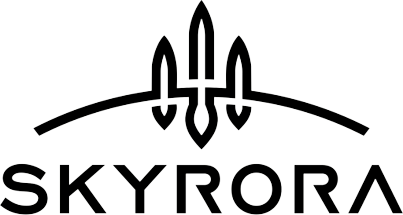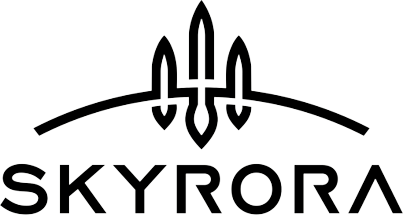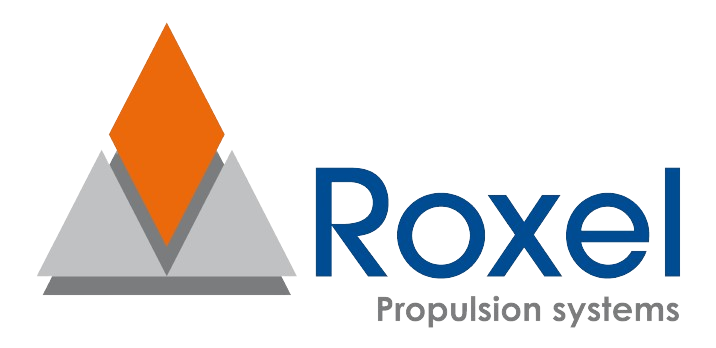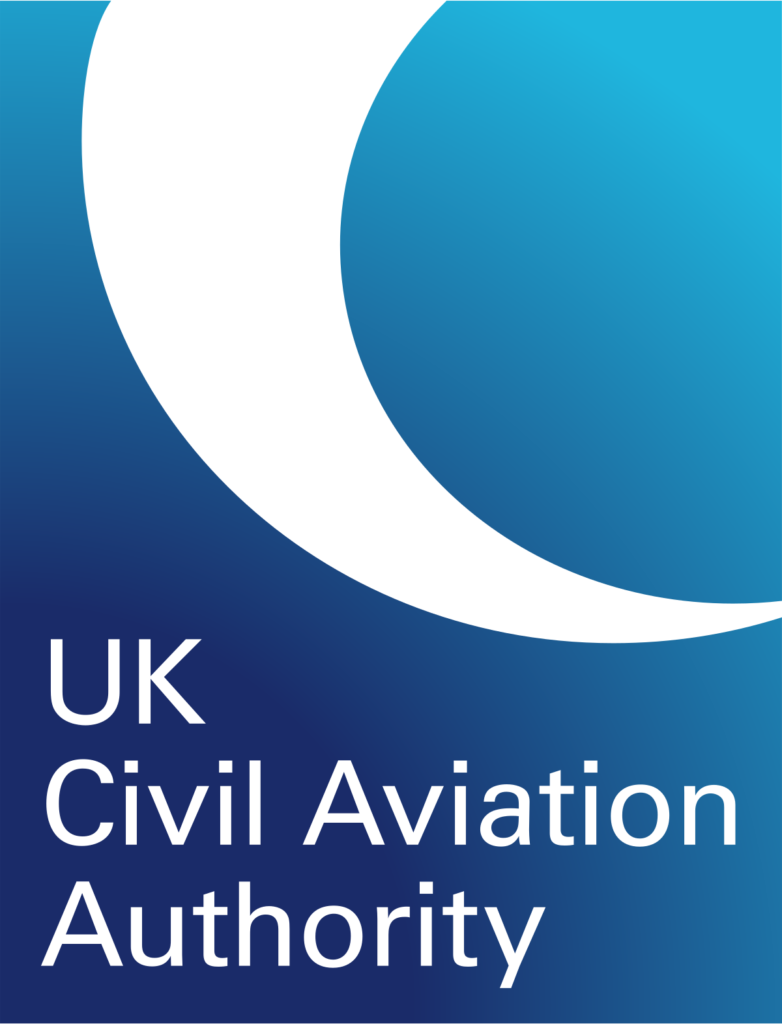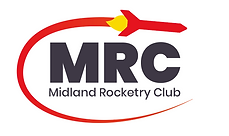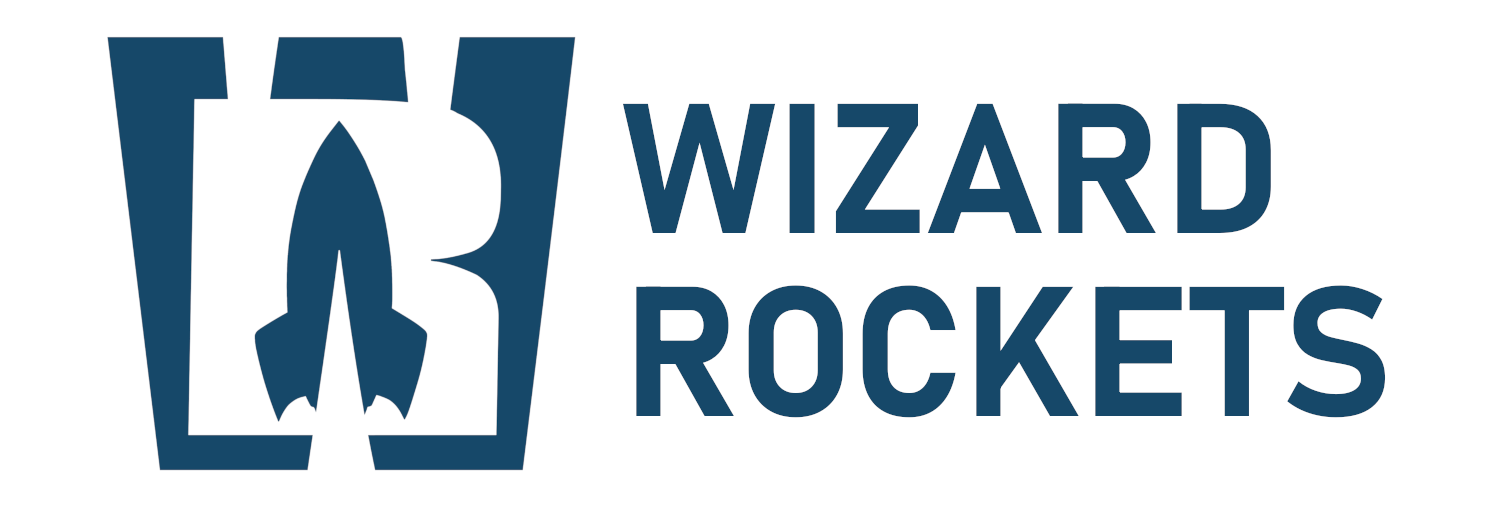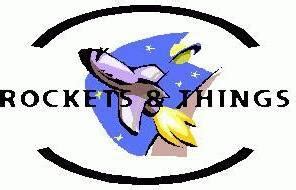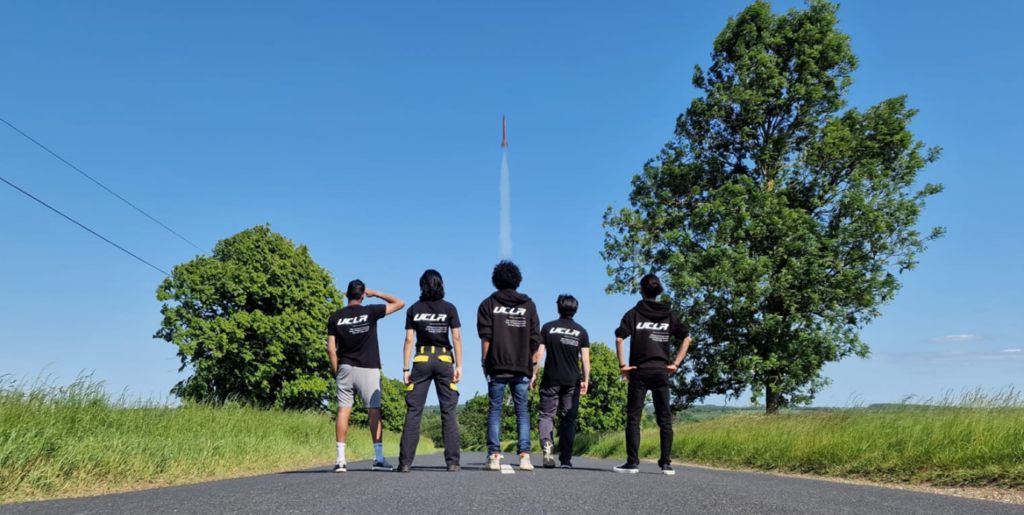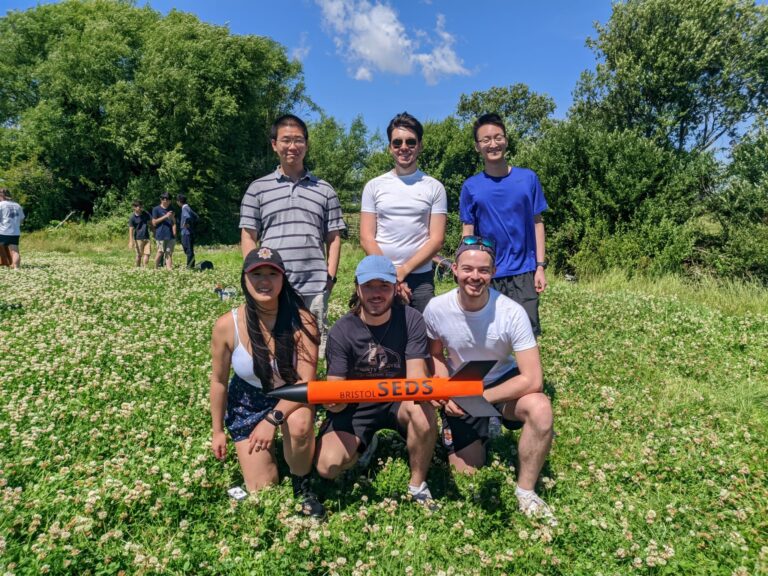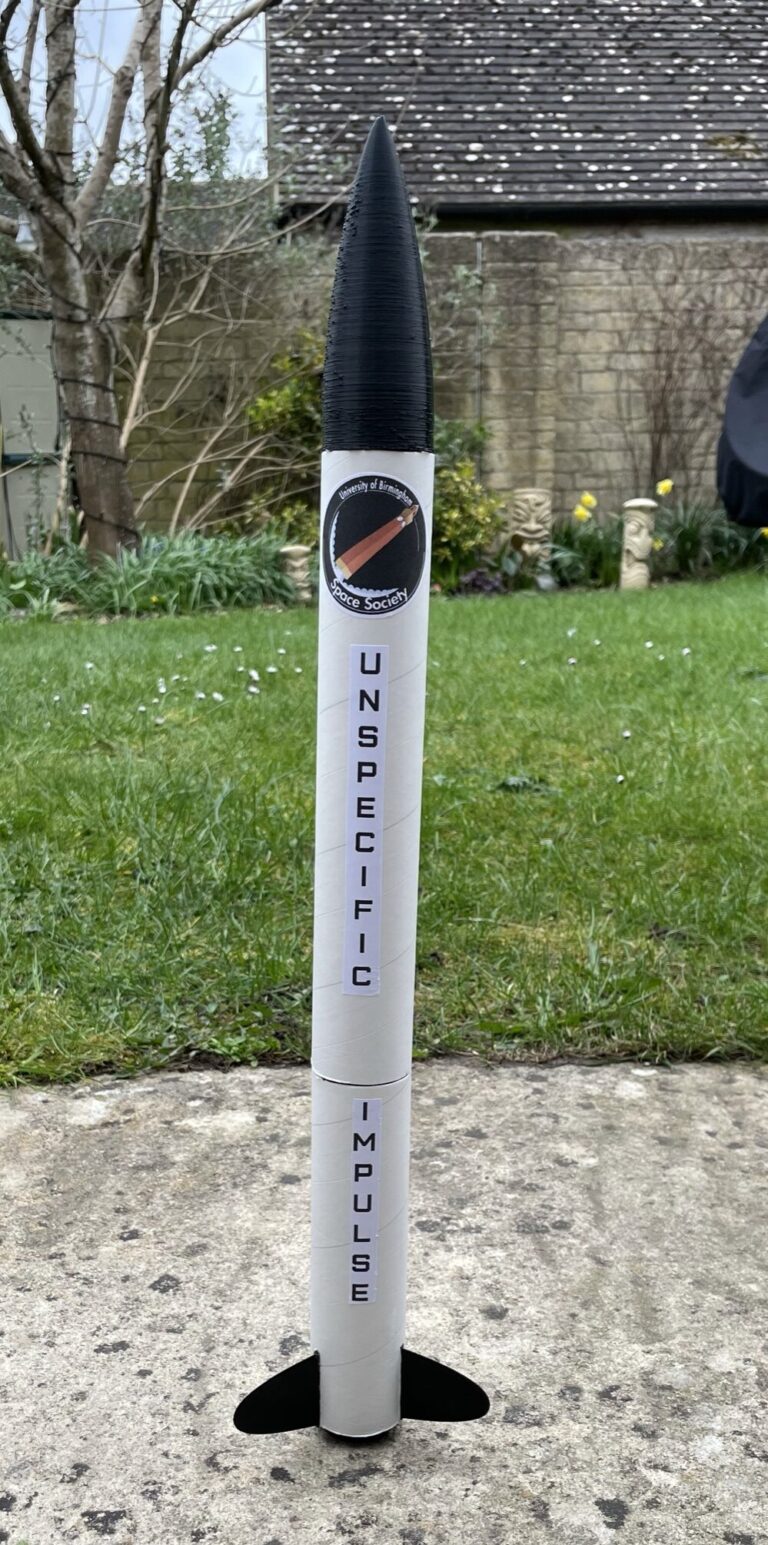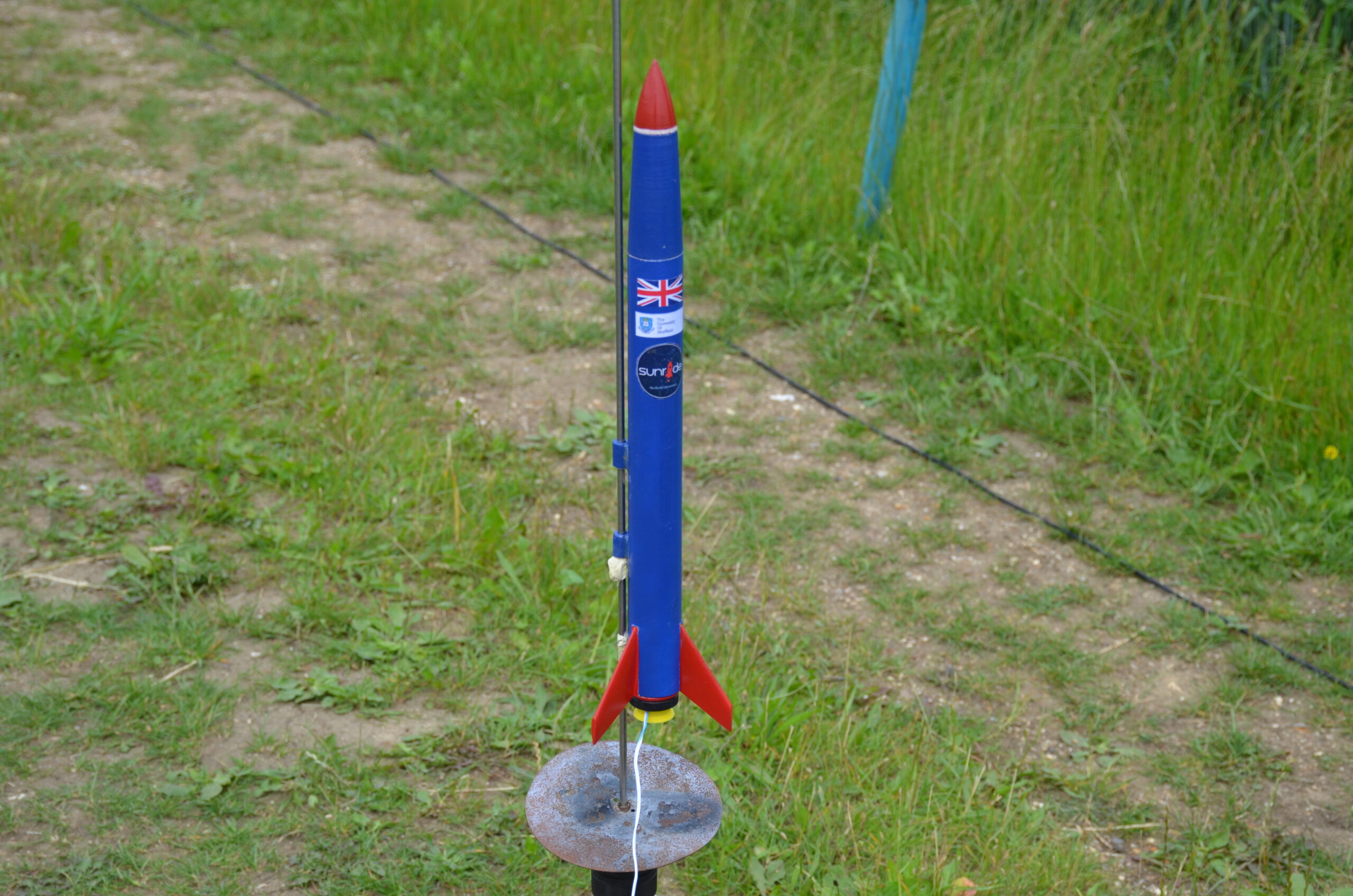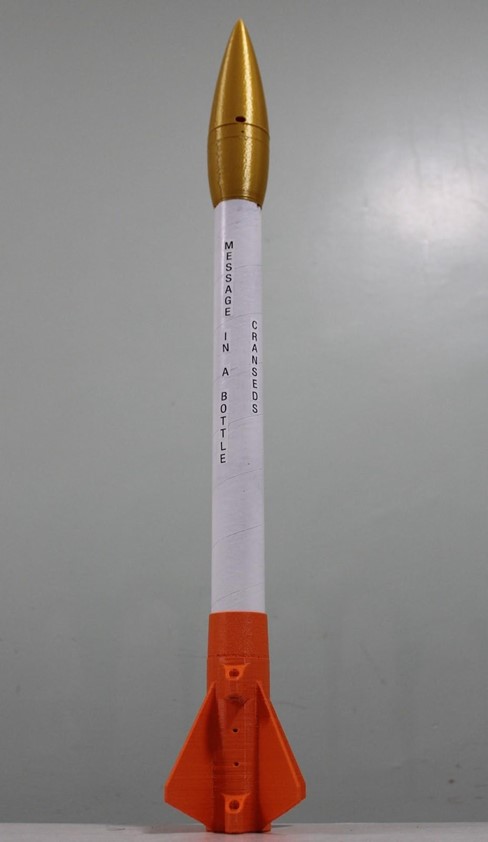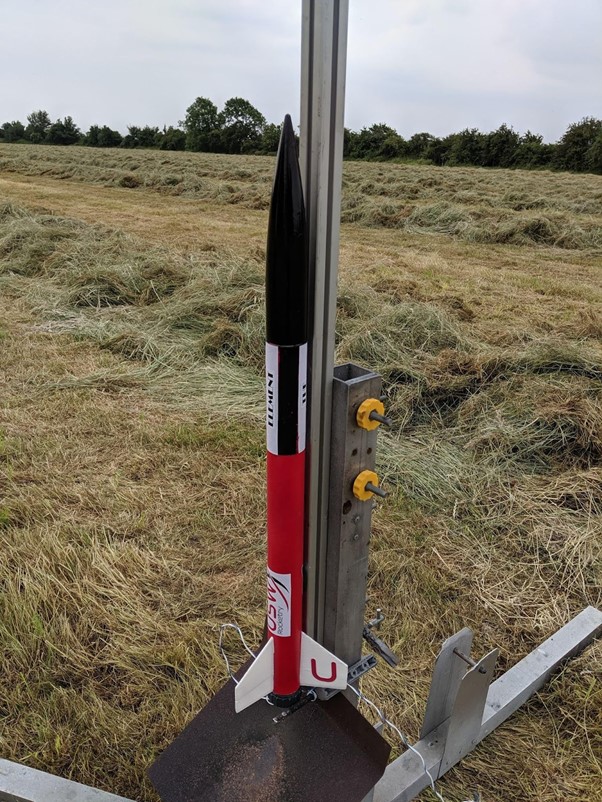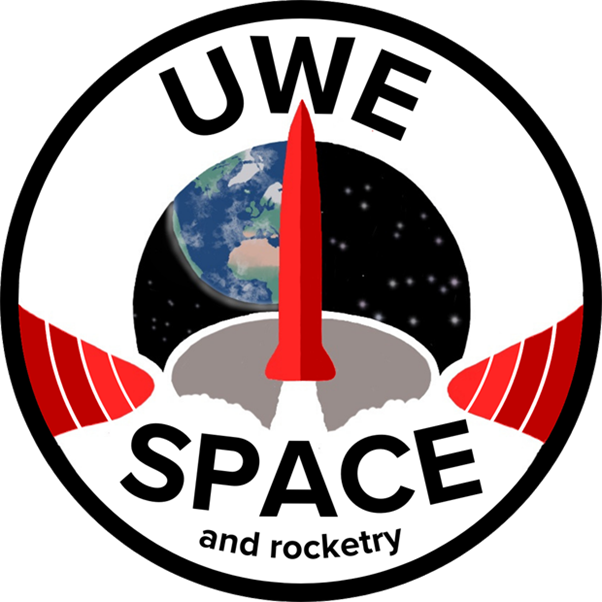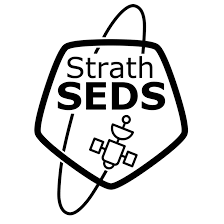
Registration for the 23/24 competition is now closed!
The UK has a rapidly growing space launch capability, with spaceports now being actively developed and constructed across the country and with orbital launches to be expected as soon as 2023! With these spaceports, many new rocket companies have also been established within the last few years, aiming to capture the constantly growing market demand for orbital launch capabilities.
UKSEDS has created the National Rocketry Championships with the aim of providing university students who have had no or limited experience in the field of rocketry hands-on experience designing, building and launching a rocket.
Teams are challenged with designing, building and launching a mid-power rocket with the primary goal of reaching an apogee of 2500ft. Motor selection will be limited to ensure a fair competition between teams. Teams must also have a payload on their rocket, to be more accurate to real rocket launches. Teams will also be required to submit a brief technical report detailing their design and build for evaluation by our skilled team of industry experts.
If you have any questions or inquiries please contact [email protected]
Check out our recent launch event!
Raw slow motion footage taken on Roxel UK’s 2000fps camera can be found on the file point below. Warning, these files are very large!
We have trimmed and converted them individually to MP4s but we are also providing the MRAW files incase you want to have a play with them yourselves. They can be edited with PFV4 viewer which can be downloaded for free. Various settings can be played with here and it may be possible to track the speed of the rocket off the pad within the software.
Who can participate?
The competition is open to all UKSEDS members. If you are not already a member, sign up for free membership today. This includes students (Bachelors to PhD), and we also support graduate teams (as long as team members have graduated within the last 3 years). Team sizes are limited to 15 but there is no lower team limit. There is no entry fee associated with this competition.
Teams participating in the National Rocketry Competition will have the opportunity to apply for a grant to partially cover their costs.
Thanks to the generous sponsorship of Orbex, we’re also able to offer a grant for participating teams with at least half of their team members identifying as female or non-binary to also provide 50% of the costs for their rocket up to £150.
Where can I find other competition information?
All of our competition documents can be found on our competitions hub page. This includes our technical guidelines, rules and requirements and templates for all relevant submissions.
Competition Day Media Upload Point
Please upload any photos or videos that you took at the competition day here. We will then check them over in case they contain people who had red wrist bands and then we will release all of it for all teams to access. It would do us a massive favor if you could sort the files into named folders and upload them as a zip file but we haven’t limited the file type incase you want to upload single files, thank you!
Competition Documents
Previous Year's Teams
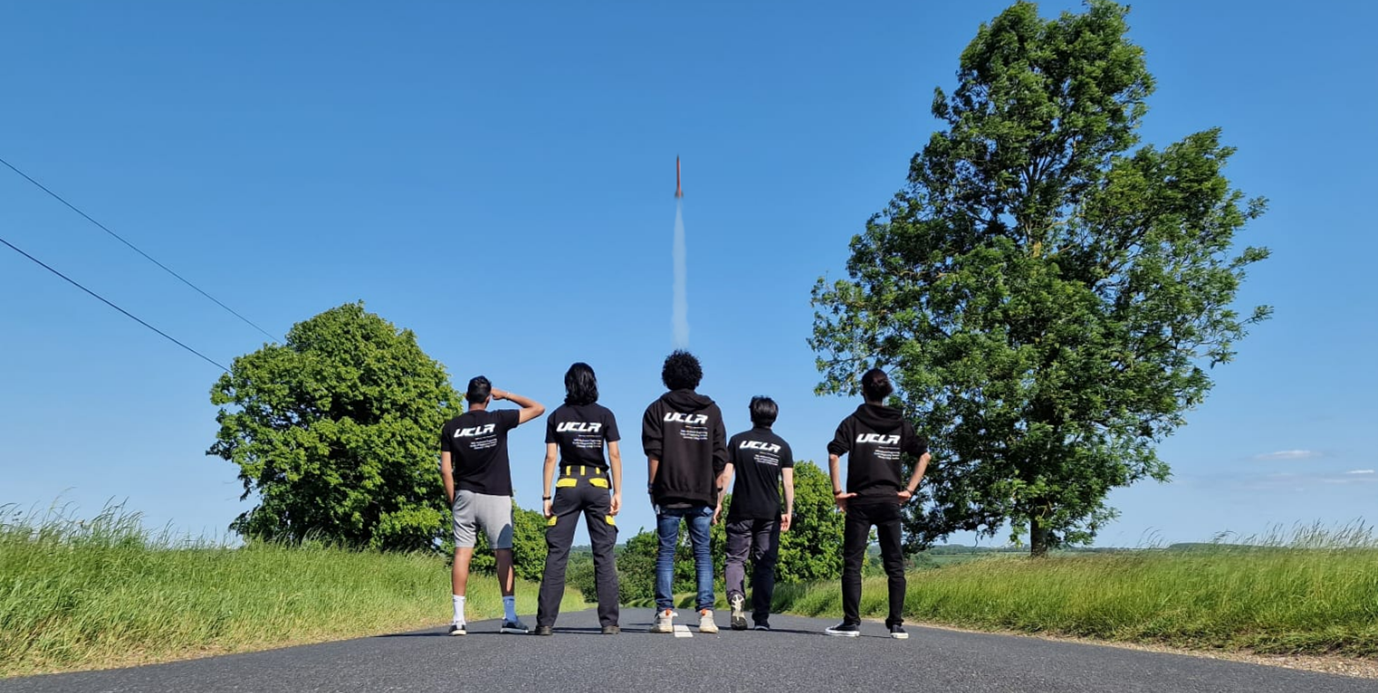
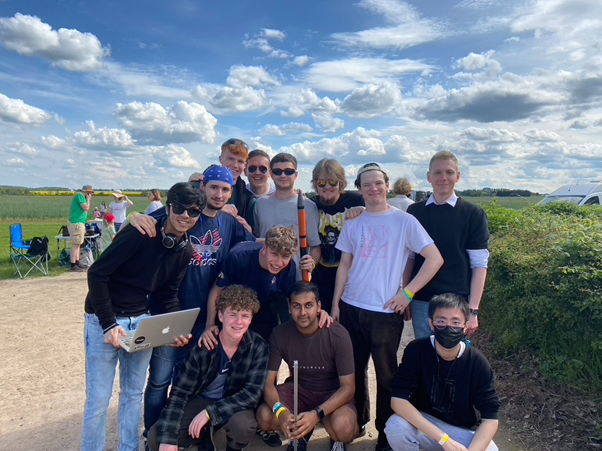


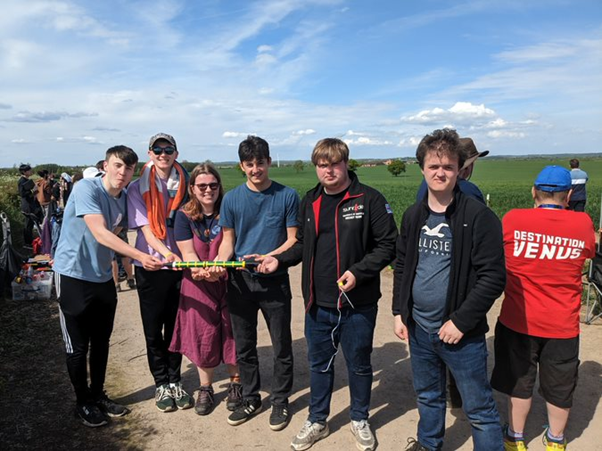

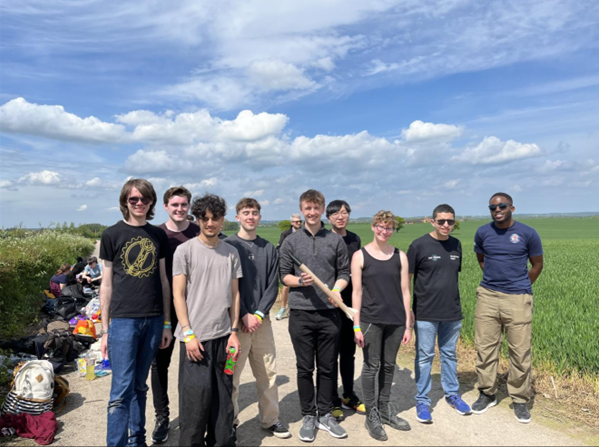
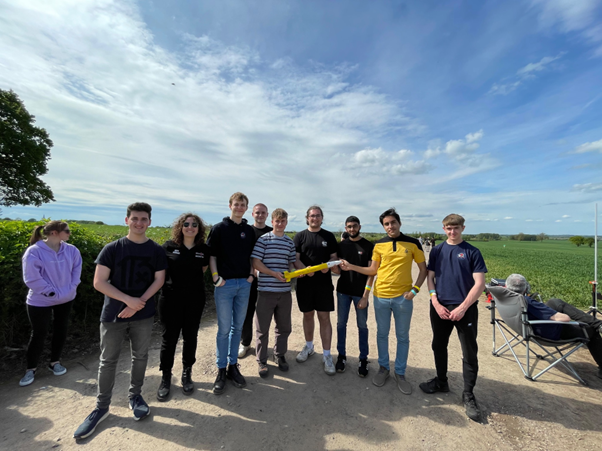
Past Winners
Proud corporate partners with

